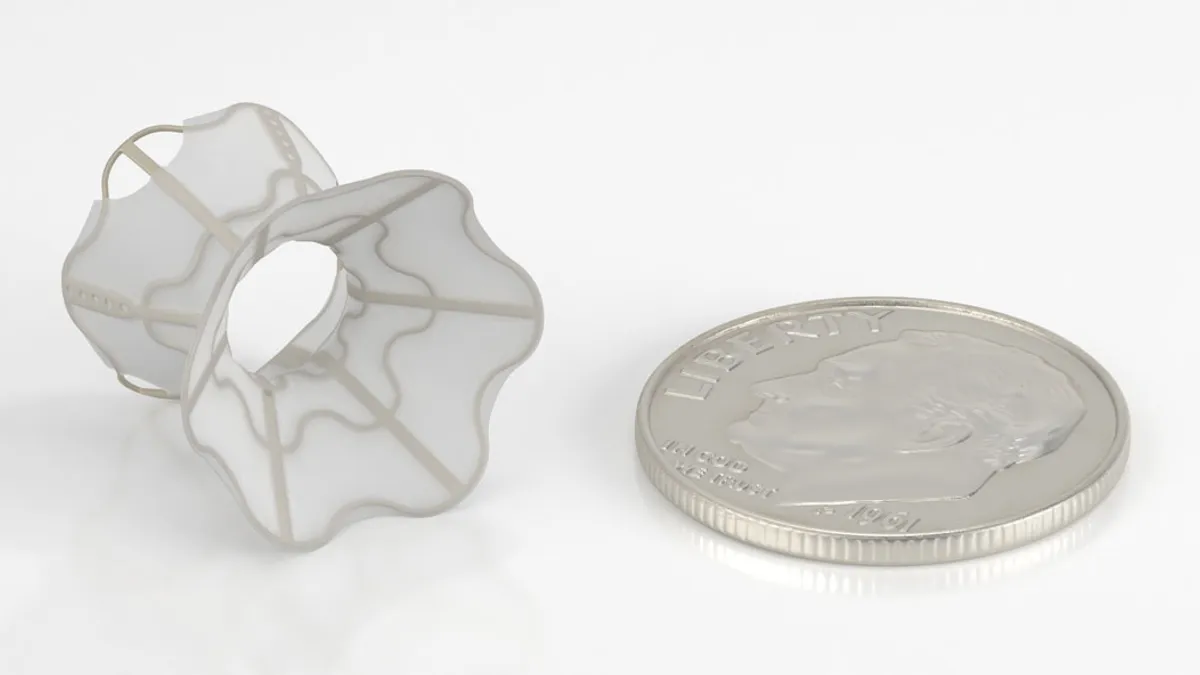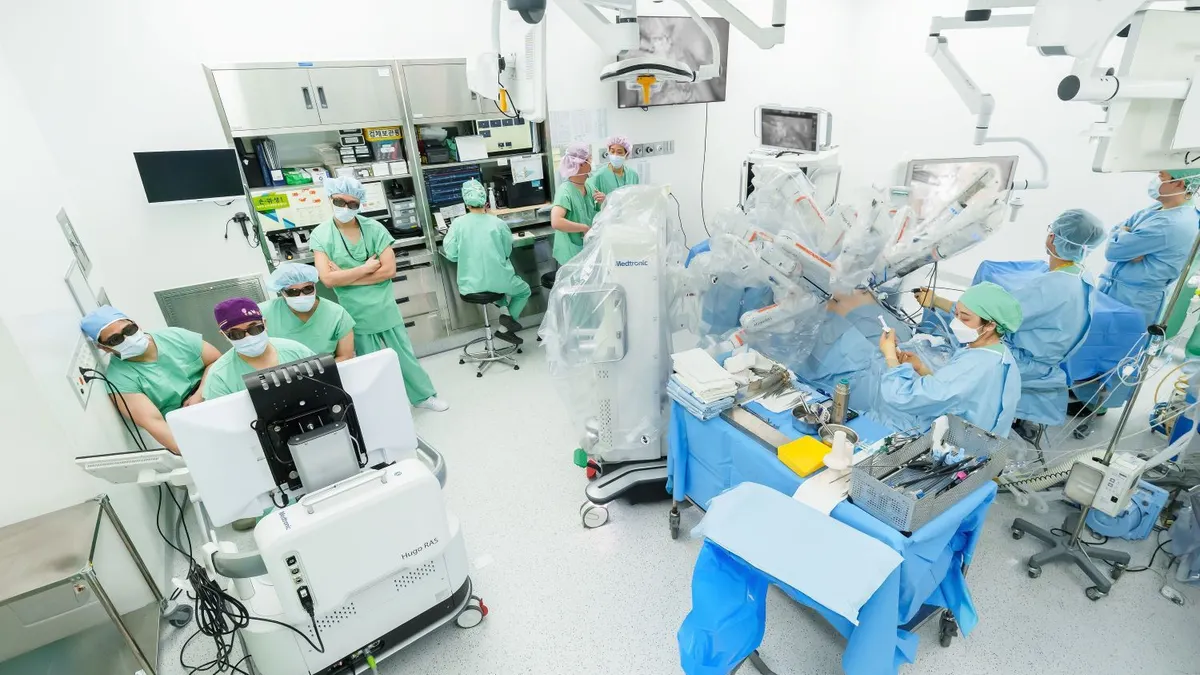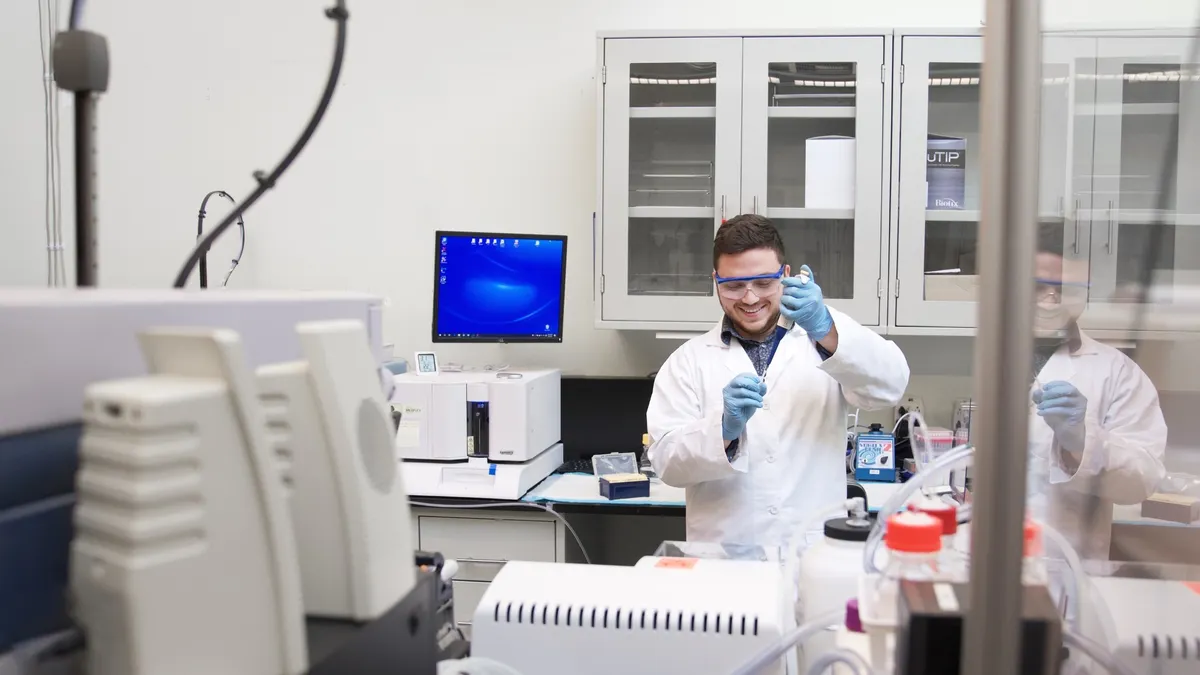After months of mounting alarm, the European Commission has proposed a solution to a potential crisis the In Vitro Diagnostic Regulation is threatening to create. The EC's proposal offers a new set of timelines for the industry to meet and questions to consider — assuming it passes into law without further changes.
What is changing?
Exactly what the changes mean varies by device. The regulations will still apply in full from May 26, 2022, meaning any products that lack a certificate or declaration of conformity as of that date will need to comply with IVDR to come to market. IVDR will also apply to Class A non-sterile IVDs from the date of application because they will still be able to get to market without the involvement of a notified body. The Commission estimates such IVDs account for around 20% of the market.
The impact of the delay is limited to IVDs that need to undergo conformity assessment by a notified body under IVDR. Under the outgoing directive, around 8% of IVDs need a notified body certificate. The Commission is proposing to give manufacturers of those IVDs another year to get certified under IVDR by pushing the end of the transition period back until May 2025.
Many more IVDs need to undergo conformity assessment for the first time under IVDR. With just six IVDR notified bodies in place, it is the lack of conformity assessment capacity for those IVDs that has caused alarm and ultimately driven the EC to act.
Under the proposal, the Commission plans to give manufacturers of Class D devices until May 2025 to comply with IVDR. The transition period increases as risk decreases, with Class C IVDs having until May 2026 and Class B and sterile class A diagnostics having until May 2027. Other transition periods apply to laboratory-developed tests. The EC said the approach aims to balance notified body capacity with a high level of public health protection.
Will the changes fix the notified body crisis?
The transition periods will prevent an imminent crisis and the staggered end dates for different IVD classes could flatten peak demand for notified body capacity, thereby lessening the risk of the sort of bottleneck that is looming on the horizon in the medical device industry.
However, even spread out over several years, the IVDR conformity assessment workload represents a significant undertaking. The Commission, while accepting that current capacity is insufficient, has yet to propose ways to bring more notified bodies online. There are 11 IVDR applications pending from notified bodies, but there are no guarantees all the requests will be accepted.
Equally, the timing of the IVDR designations and the location of the notified bodies matter. If the notified bodies become available toward the end of the first transition period, or, as is true today, are clustered in certain parts of Europe, it may still be hard for some manufacturers to get their IVDs certified.
One side effect of the staggered approach is manufacturers, importers and distributors will have to consider the effect of the proposed changes on an IVD-by-IVD basis. There is no single answer to the question of how the proposal will affect IVDs.
How will legacy devices be regulated?
Creating transition periods for many more IVDs will increase the number of legacy devices, products that are sold after May 2022 without being certified under IVDR. As it stands, there is a lack of public information on which aspects of IVDR will apply to legacy products during the transition periods. It is possible that companies could be temporarily spared the need to undergo conformity assessment but still need to comply with other significant aspects of IVDR.
Will the proposals definitely be adopted?
The European Parliament and Council will now consider the proposals. Typically, the other bodies can take years to evaluate and revise proposals before final terms are reached but the speed at which the MDR delay was agreed shows the IVDR changes could be finalized with plenty of time to spare.
However, it is possible that IVDR will have a bumpier ride than MDR. MedTech Europe gave a muted response to the Commission proposal, simply taking note of the plans and saying "all parties will now have to assess if the suggested amendments address the critical implementation challenges at stake for an efficient and successful transition."
The Council previously called on the Commission to act to ensure the availability of IVDs, suggesting the other bodies are conscious of the need to act. Whether the proposal set out by the EC meets the expectations of the Council or Parliament remains to be seen.




















